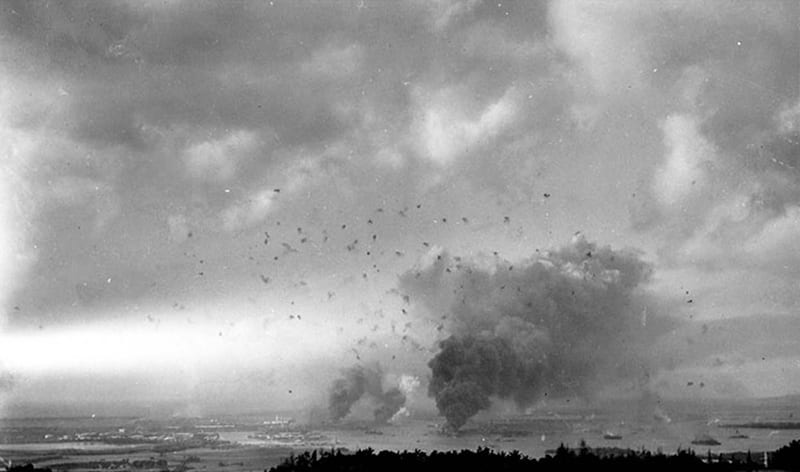Stukas accounted for one cruiser and four destroyers sunk off Crete. One cruiser was sunk by ME-109's in the fighter bomber role (HMS Fiji).
HMS Juno was sunk by bombs from a Cant Z.1007 with Imperial damaged beyond repair a week later.
Yes, ships sent by Admiral Cunnigham to carry out an evacuation of the Army in the full knowledge they were likely to be sunk.
When told he could decline, he tersely replied
'It takes the Navy three years to build a new ship … it will take 300 years to build a new tradition'.

